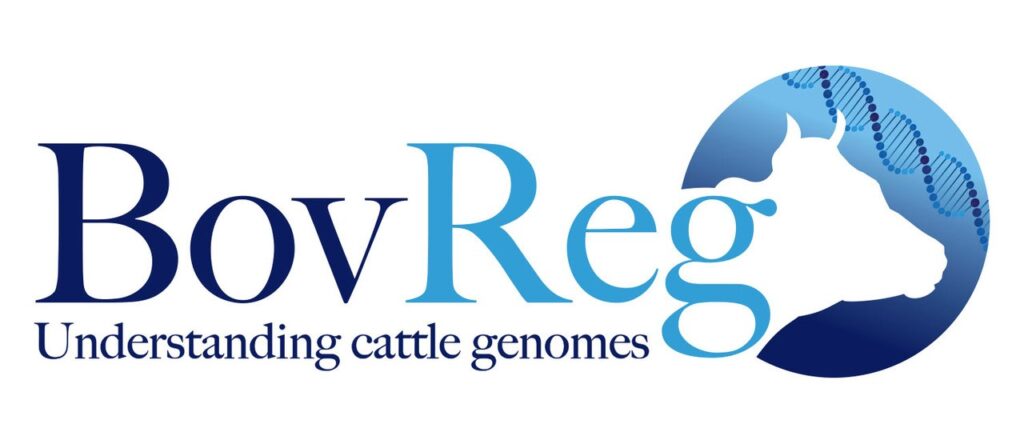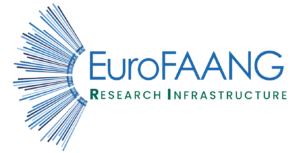Work Package 1
Consortium formation and establishment of project and scientific leadership
Work package 1 in the EuroFAANG RI project is dedicated to the overall coordination of the project, which includes three main tasks:
- Compliance with the work plan to ensure the timely development of the concept and the right components and activities.
- The formation of the consortium and ensuring the sustainability of scientific leadership by identifying new partnerships, that can expand the current expertise of the consortium.
- Development of a business plan for the European Infrastructure.
Main goal of Task 1 is the operative and administrative control of the project with work on day-to-day tasks. This includes:
- Monitor Project Parameters
- Monitor Stakeholder Involvement
- Monitor Risk
- Monitor Project Performance
- Take Corrective Action to Control Progress
- Monitor and Manage Data Documentation
During the first year a survey was created and distributed, which covered the scientific and technological developments in animal agriculture (42 responses out of 110 institutions = 38% response rate) and provided valuables insights on seven possible key areas that could be included into the next phase of the infrastructure development and secure scientific leadership. These areas are:
- Robotics for high-throughput phenotyping using organoids and cell lines
- Focused AI, machine learning and digital twin technology
- Large-scale automated phenotyping from sensors and other devices
- Testing genetic combinations and screening of chemical compounds for pharmaceutical effects
- Big data and analytics including millions of data points from large-scale phenotyping and from high-throughput CRISPR-screens
- Advanced tools for understanding animal breeding and production in a social science context
- Immunogenetics/genomics
The survey helped to define these 7 key areas to expand the expertise of the consortium and possible partners were identified and listed in D1.3.
These approaches can also be integrated into the work packages for in vitro systems (WP 4), genome editing (WP 5) and new genomic and phenotyping technologies (WP 6) and help to close knowledge gaps between cell, tissue and whole animal scale.
The main goal of the concept development stage of EuroFAANG RI is the formalization of the organizational, political and scientific concept, to secure the sustainability and maturity of the infrastructure and its components. The results will be incorporated in a business plan, which will offer a summary of the farm animal G2P landscape, animal breeding institutions and biotechnologies in the larger European political and economic context. This document will give the organizational, scientific and political framework to the construction and implementation of the infrastructure. During the first year of EuroFAANG RI we were able to define the environment of the infrastructure including local, national and European politics as well as the European science landscape, industry and technology in animal genetic resources, breeding and animal health.
To bring together institutions in farmed animal science with a focus on G2P capabilities, EuroFAANG RI must first define the status quo, then enhance, and optimize the interdisciplinary communication and cooperation. In the upcoming period we will further define and design the necessary components and best practices of the infrastructure’s organization and governance structure, financial considerations and future funding, possible key performance indicators and RI access. Through collaboration with other RIs we will participate from the rich experience of successfully implemented infrastructures on a European scale.
A strong communication and engagement with the scientific community and other stakeholders through successful establishment of Think Tanks for these subjects will secure their collaboration and keep building the foundation for the maturity and scientific excellence of the EuroFAANG research infrastructure.

Keep in touch!
EuroFAANG projects

GEroNIMO
Go to website
BovReg
Go to website
Rumigen
Go to website
GENE-SWitCH
Go to website
HoloRuminant
Go to website


